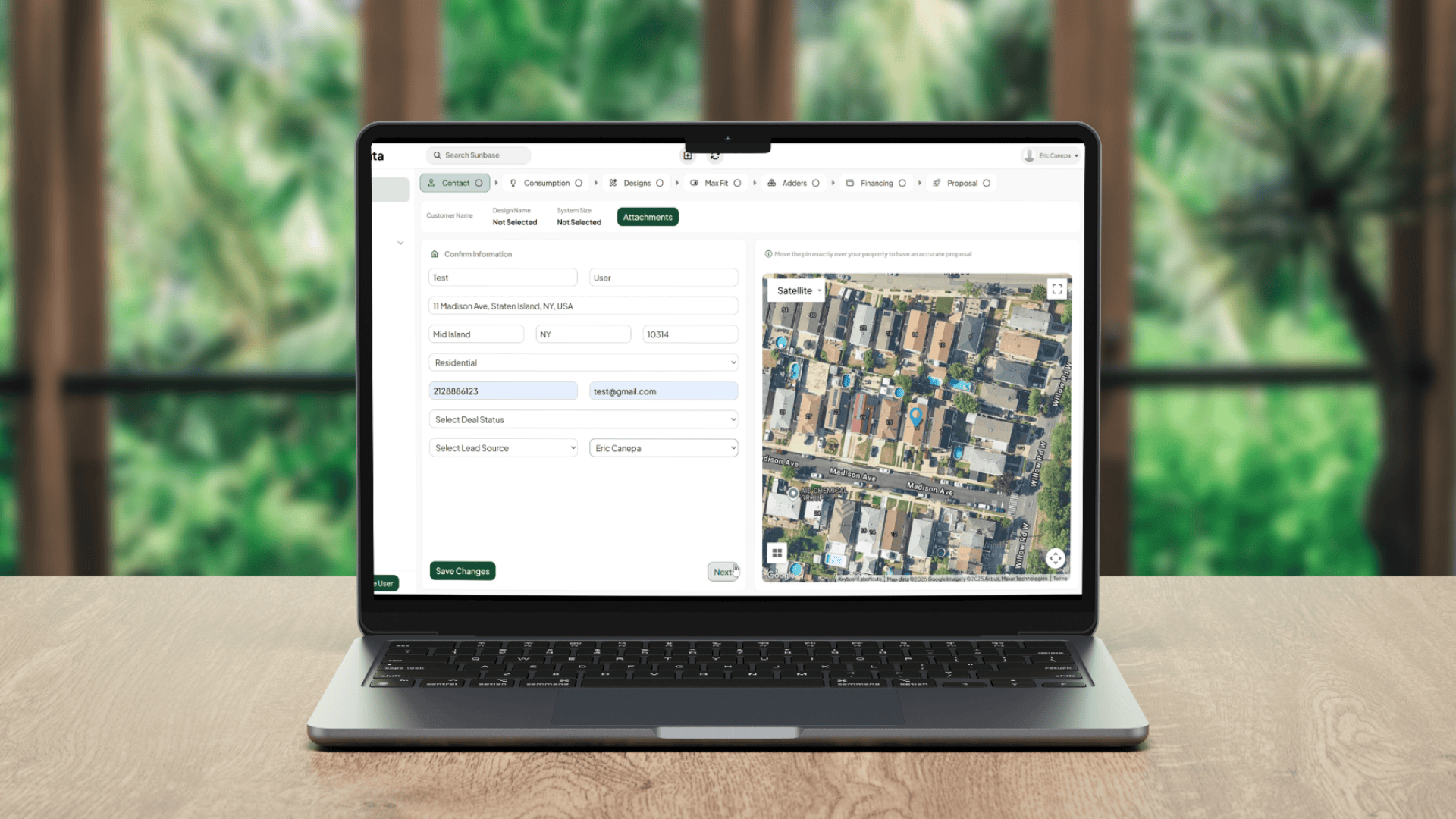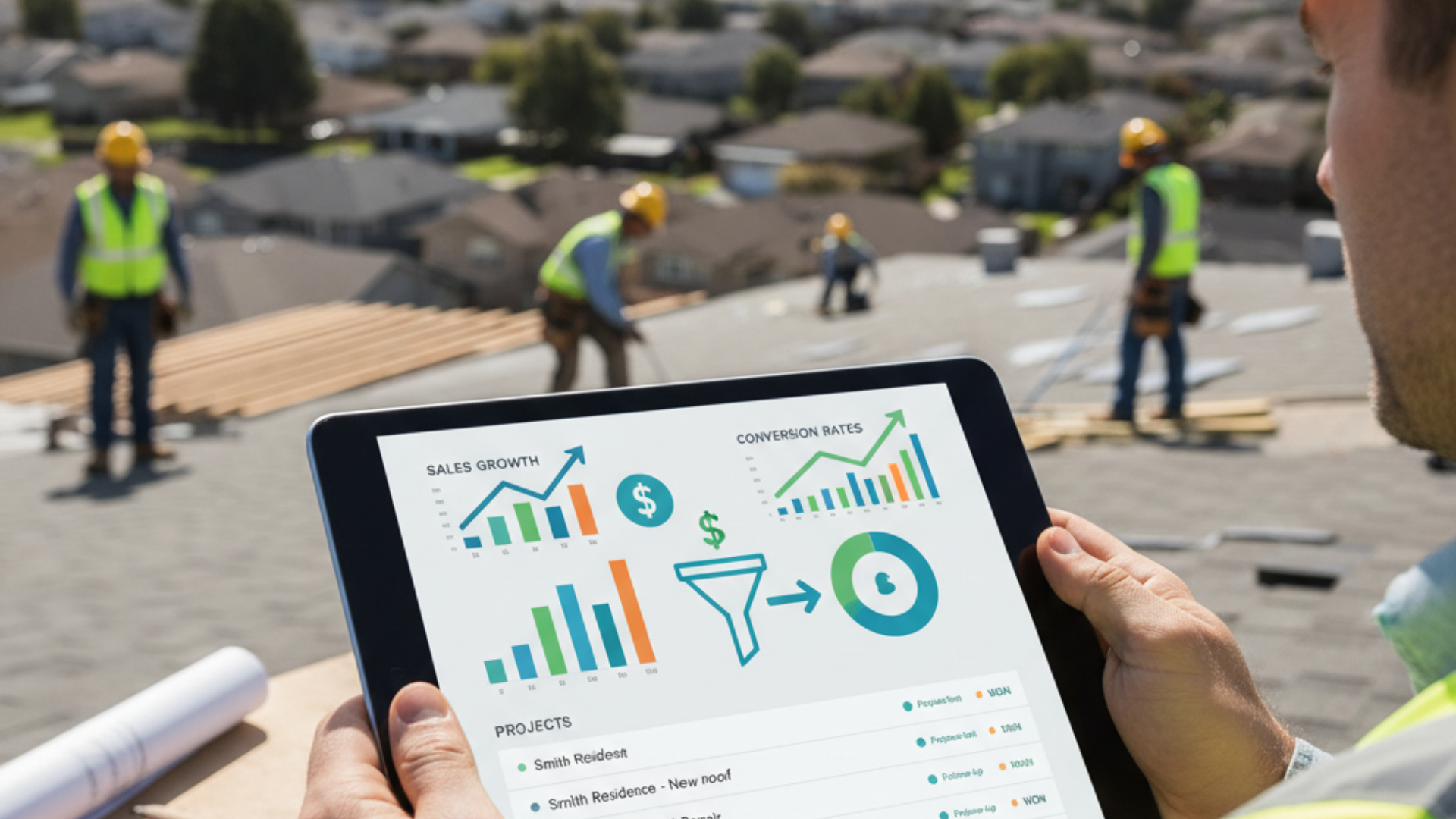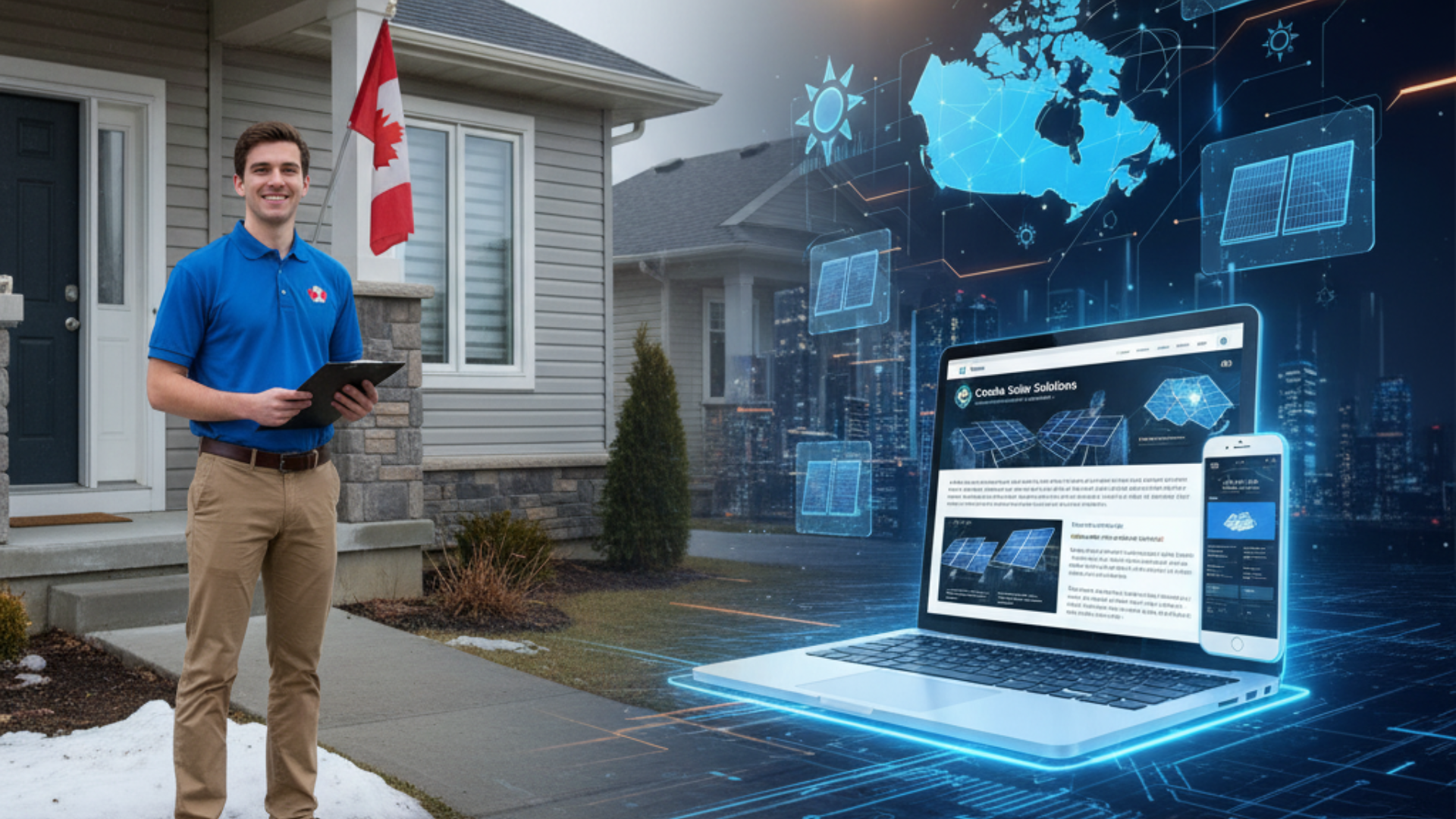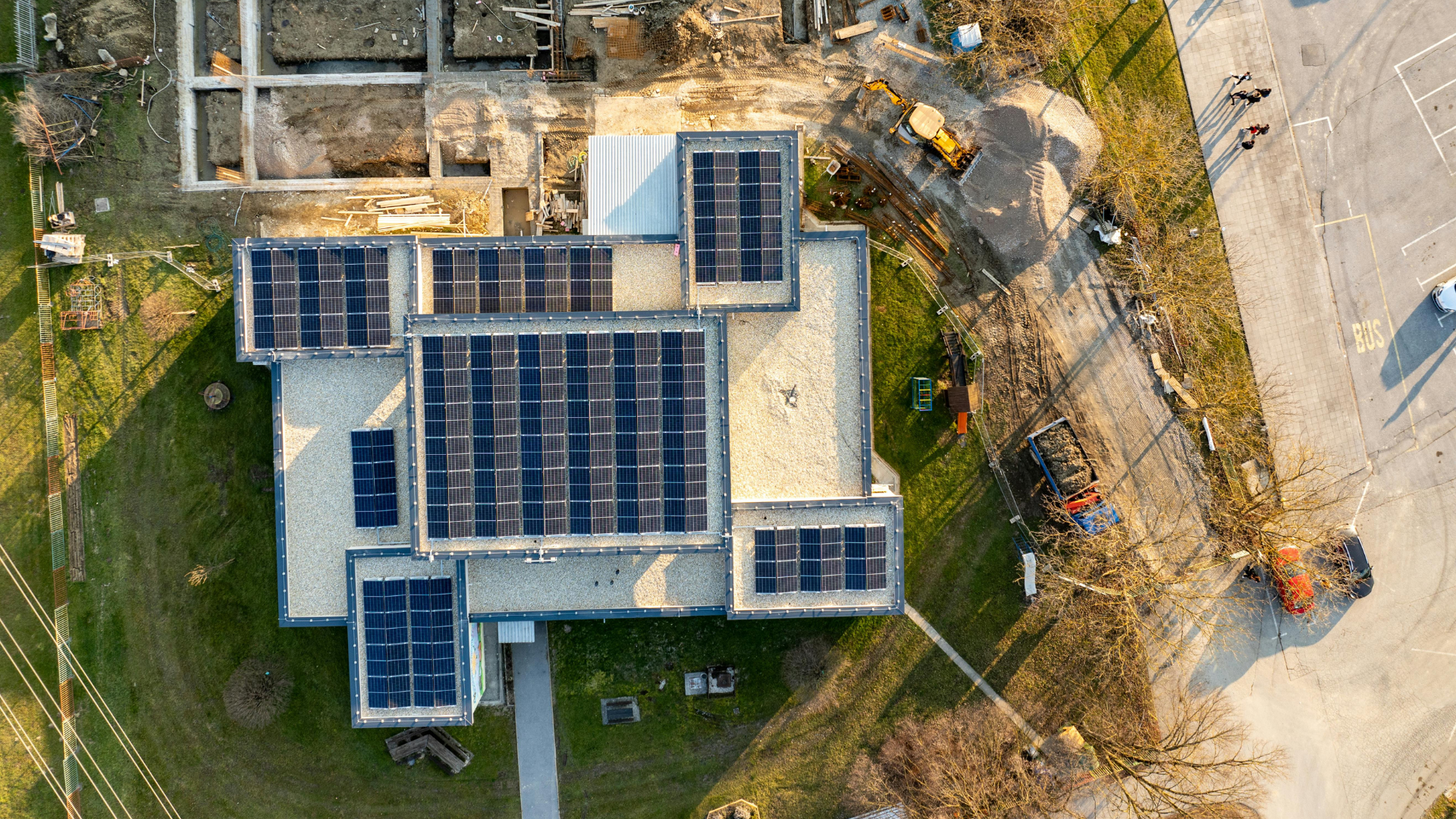October 22, 2024
Solar EPC
Did You Know?
According to industry trends inaccuracies in Solar EPC operations can spike project costs by 20-25%. So for a typical 5MW solar project, that could mean an additional $150,000-$200,000 in rework expenses!
These errors don’t just hit the wallet—they also stretch timelines, with delays of 4-6 weeks being common. And the effect?
Higher labor costs, dissatisfied clients, and strained relationships, all of which can be avoided by enhancing precision right from the start.
Sunbase Solar Design Software offers the accuracy needed to prevent costly rework and ensure smoother project delivery.
Go check out our recent blog: Top 10 Reasons Solar EPC Companies Choose Sunbase Solar Design Software.
Key Takeaways
- Design is crucial to Solar EPC, impacting accuracy, efficiency, and overall project success.
- Solar EPC covers Engineering, Procurement, and Construction, providing a comprehensive approach to delivering solar energy projects efficiently.
- Accuracy Challenges: Inaccurate energy estimates, roof measurement errors, and miscommunication lead to costly rework.
- Inaccuracies result in higher costs, delays, resource issues, and a damaged reputation.
- Sunbase Solar Design Software improves accuracy and reduces rework by using remote site evaluations, precision measurements, 3D visualizations, automated calculations, etc.
What is Solar EPC?
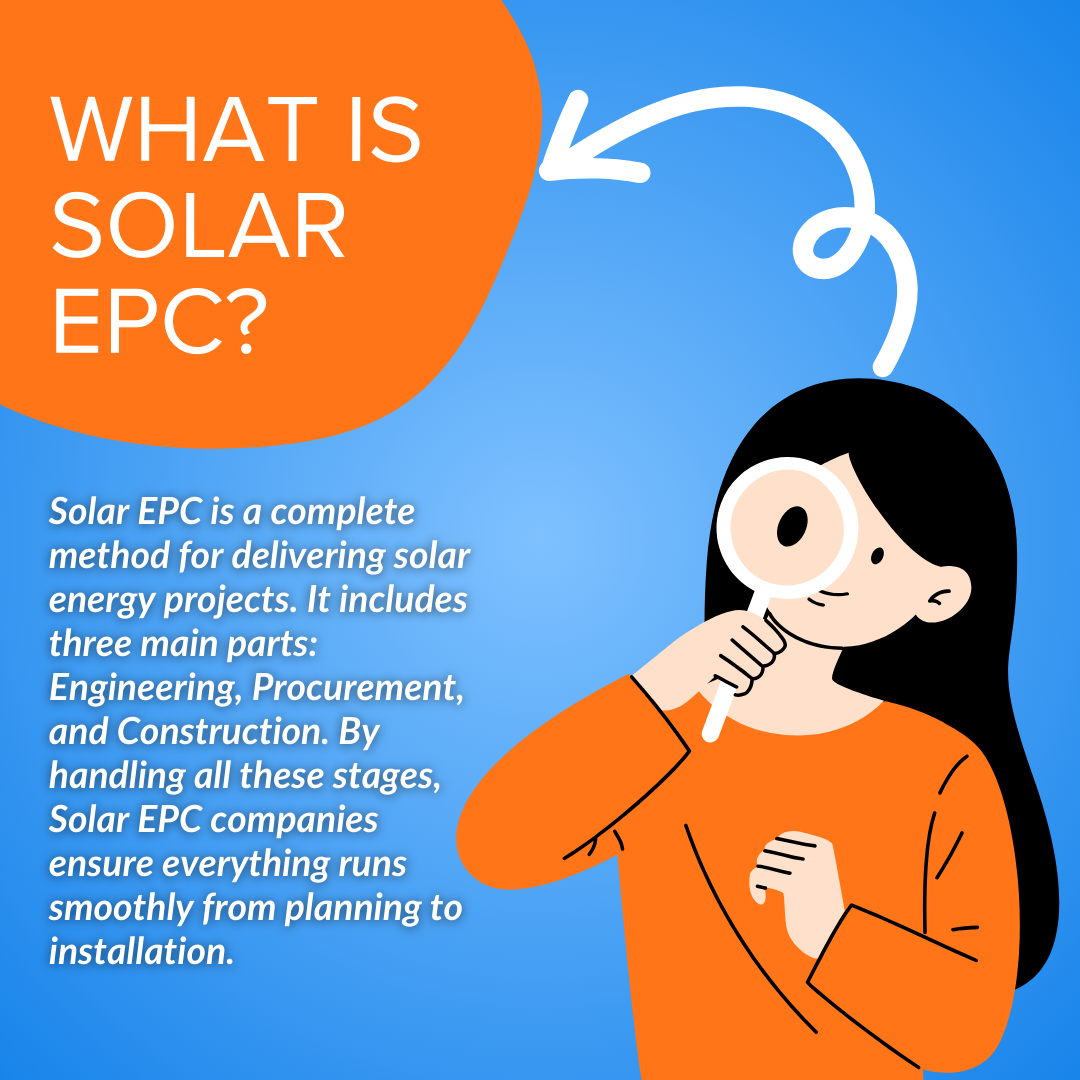
Solar EPC is a complete method for delivering solar energy projects. It includes three main parts: Engineering, Procurement, and Construction.
By handling all these stages, Solar EPC companies ensure everything runs smoothly from planning to installation. This approach gives clients a reliable way to switch to solar energy.
Solar EPC firms act as the main point of contact for the entire project. They manage site assessments, obtain permits, purchase materials like solar panels, and oversee construction. This single point of contact reduces risks and streamlines the process, leading to faster project completion and lower costs.
The Vital Role of Design In Solar EPC
“Design is the silent ambassador of your brand" — Paul Rand.
In the solar energy industry, this quote highlights the crucial role of design in shaping the success of solar projects. For Solar EPC (Engineering, Procurement, and Construction) companies, effective design is not just about aesthetics, it serves as the foundation for delivering reliable solar energy solutions.
A well-thought-out design can significantly impact the performance and efficiency of solar systems, acting as the silent yet powerful force that ensures projects meet their objectives.
The Key Role of Engineering
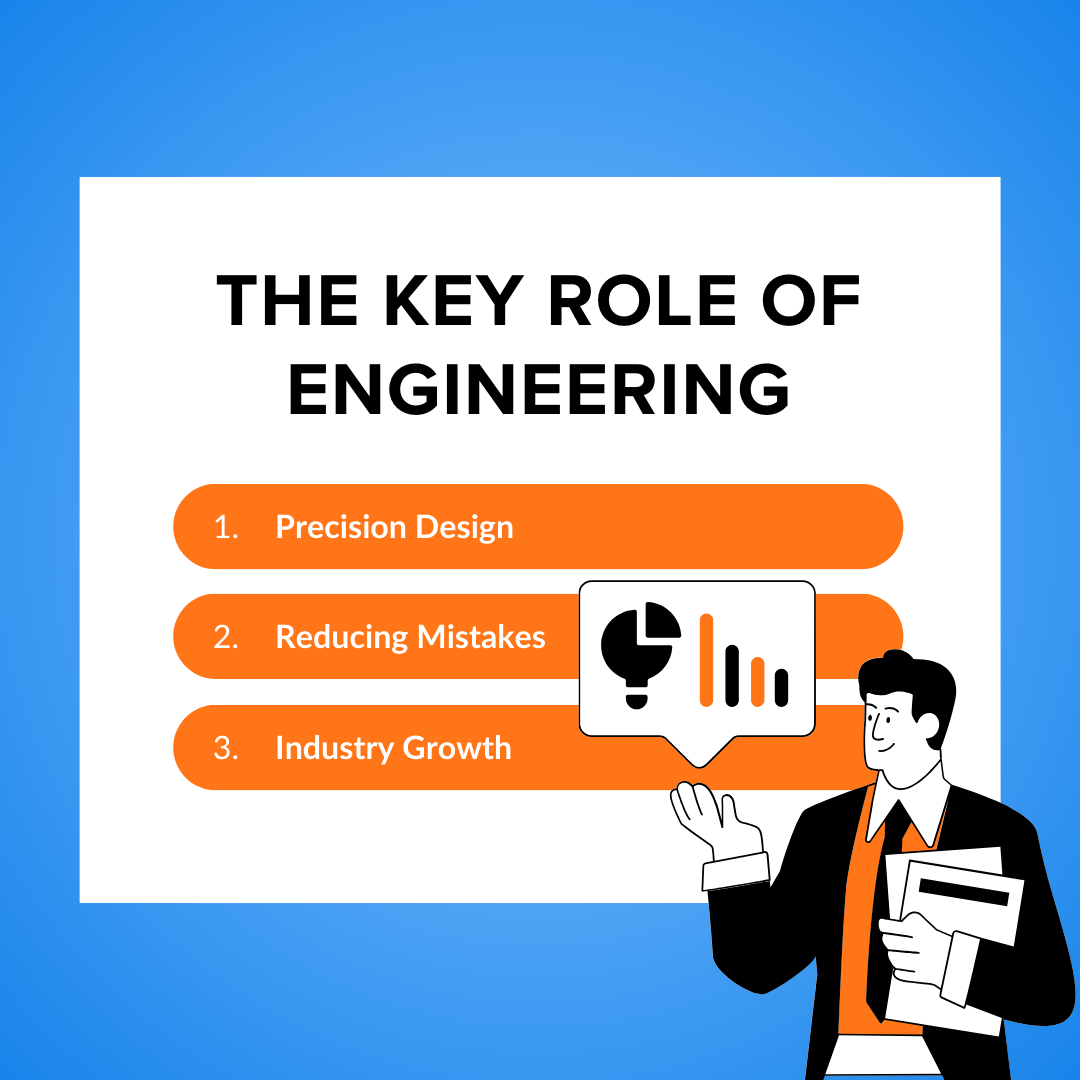
Engineering is the most important of the three parts. It lays the foundation for the entire solar system. Good engineering involves creating a solid design, studying site conditions, estimating energy production, and calculating costs.
1. Precision Design: A good solar system design looks at all important factors, like where to place the panels and how strong the structure needs to be, which helps it work better.
2. Reducing Mistakes: The engineering stage helps catch and fix mistakes early, which saves time and money later on during construction.
3. Industry Growth: The U.S. solar market grew to over 139 gigawatts (GW) of installed capacity by the end of 2023, showing that strong engineering is crucial for Solar EPC companies to keep up with the increasing need for solar energy solutions.
Go through: Best Solar Design Software for Accurate, Efficient Solar Panel Layouts.
Key Accuracy Challenges in Solar EPC Operations
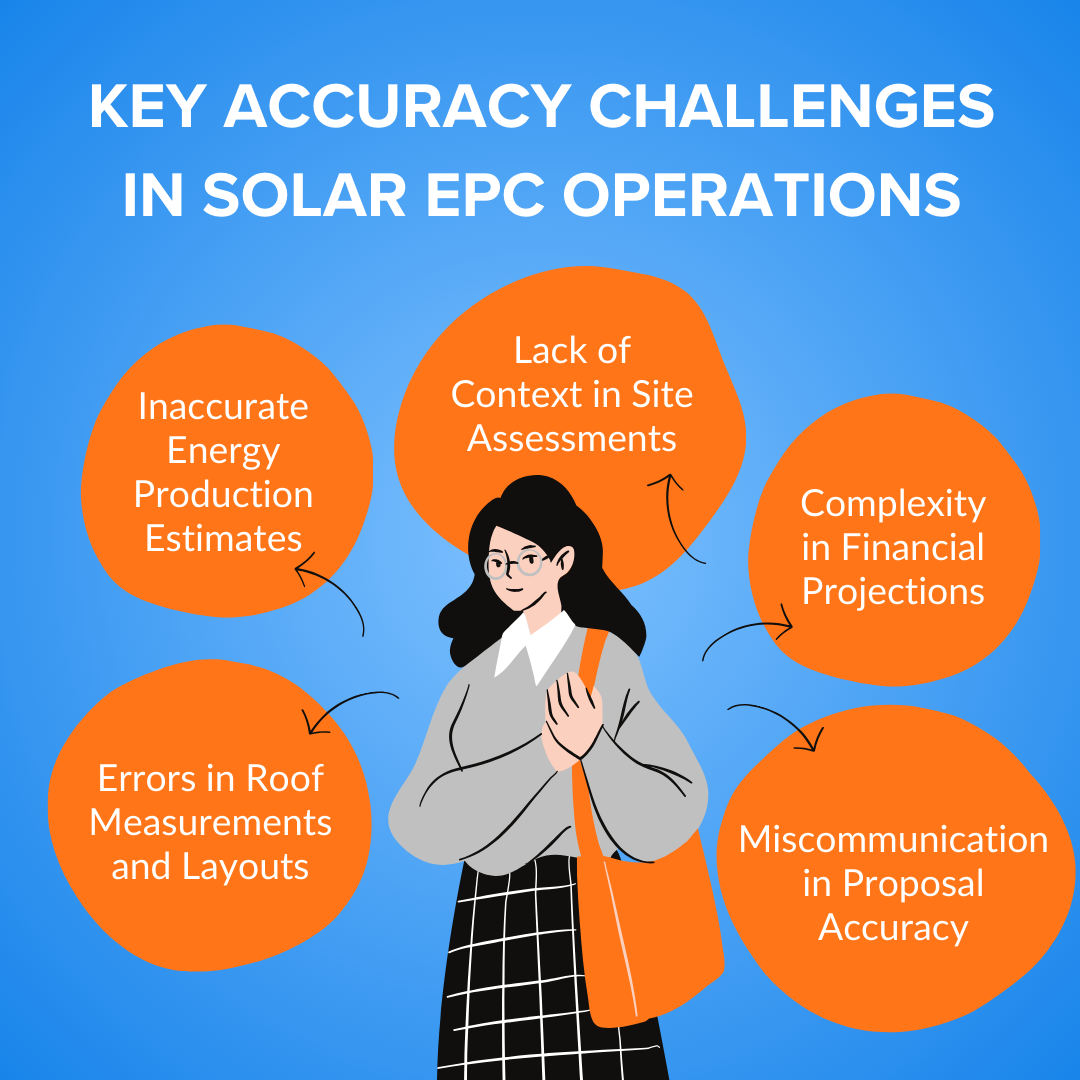
1. Inaccurate Energy Production Estimates
Inaccurate energy production estimates often stem from flawed data or modeling techniques within the solar engineering process.
This leads to projections that do not accurately reflect potential performance, misguiding stakeholders about the feasibility and ROI of solar EPC services.
2. Errors in Roof Measurements and Layouts
Errors in roof measurements can compromise accuracy, resulting in improper layouts that affect system design and energy capture.
These inaccuracies significantly impact the overall effectiveness of solar infrastructure and the performance of the installation.
3. Lack of Context in Site Assessments
A lack of context in site assessments can lead to inaccuracies that overlook important factors such as shading, roof orientation, and structural integrity.
Without accurate evaluations, solar EPC companies may encounter poor system performance and increased operational costs.
4. Complexity in Financial Projections
The complexity of financial projections in solar projects can create inaccuracies driven by fluctuating market conditions and erroneous data inputs.
Poor financial planning can result in insufficient funding and impact project scaling for solar EPC services.
5. Miscommunication in Proposal Accuracy
Miscommunication can undermine proposal accuracy, resulting in a misunderstanding between project scope and stakeholder expectations.
These inaccuracies can lead to disputes among parties involved in the solar EPC process.
How do these Inaccuracies lead to Rework?
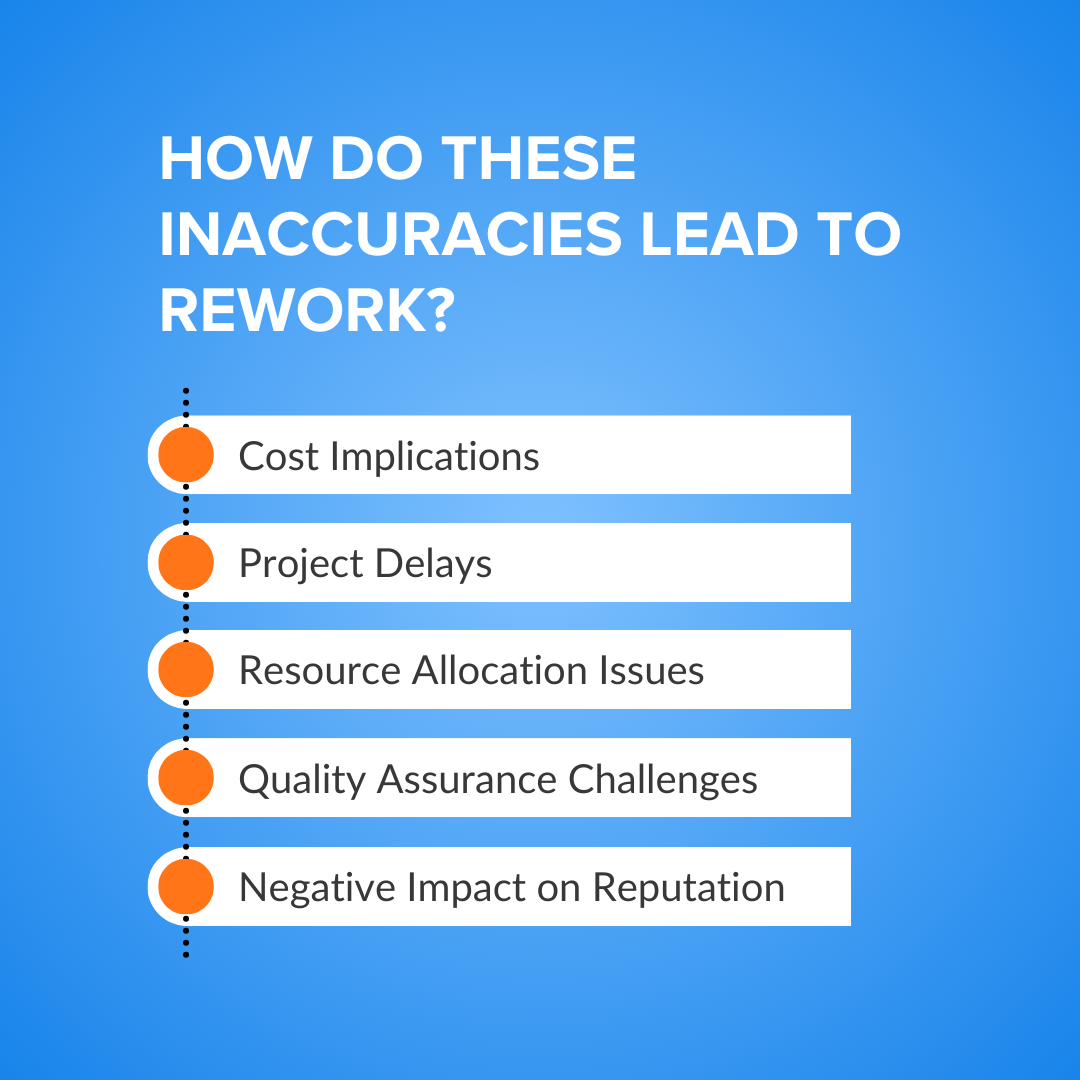
1. Cost Implications
When solar EPC companies in the solar industry find mistakes in their estimates or measurements, it often costs more to fix those errors.
For example, if they measure a roof wrong, they might need extra materials and labor, which can make the project more expensive.
2. Project Delays
If mistakes are discovered during the project, it can slow everything down. The team might have to stop and redo measurements or designs, which can frustrate clients who want their solar installation done on time.
3. Resource Allocation Issues
Fixing mistakes can mean moving workers and materials from other projects, which can create problems.
This can delay several projects and make it tough for the company to keep everything running smoothly.
4. Quality Assurance Challenges
When there’s pressure to fix mistakes quickly, the work can be rushed. If a solar EPC contractor rushes through repairs, it can lead to poor quality, affecting how well the solar system works and how long it lasts.
5. Negative Impact on Reputation
If a company keeps making mistakes, it can hurt its reputation. Clients and partners might start to doubt an EPC solar company that has too many issues, making it harder to get new projects and maintain good relationships in the industry.
Sunbase Solar Design Software
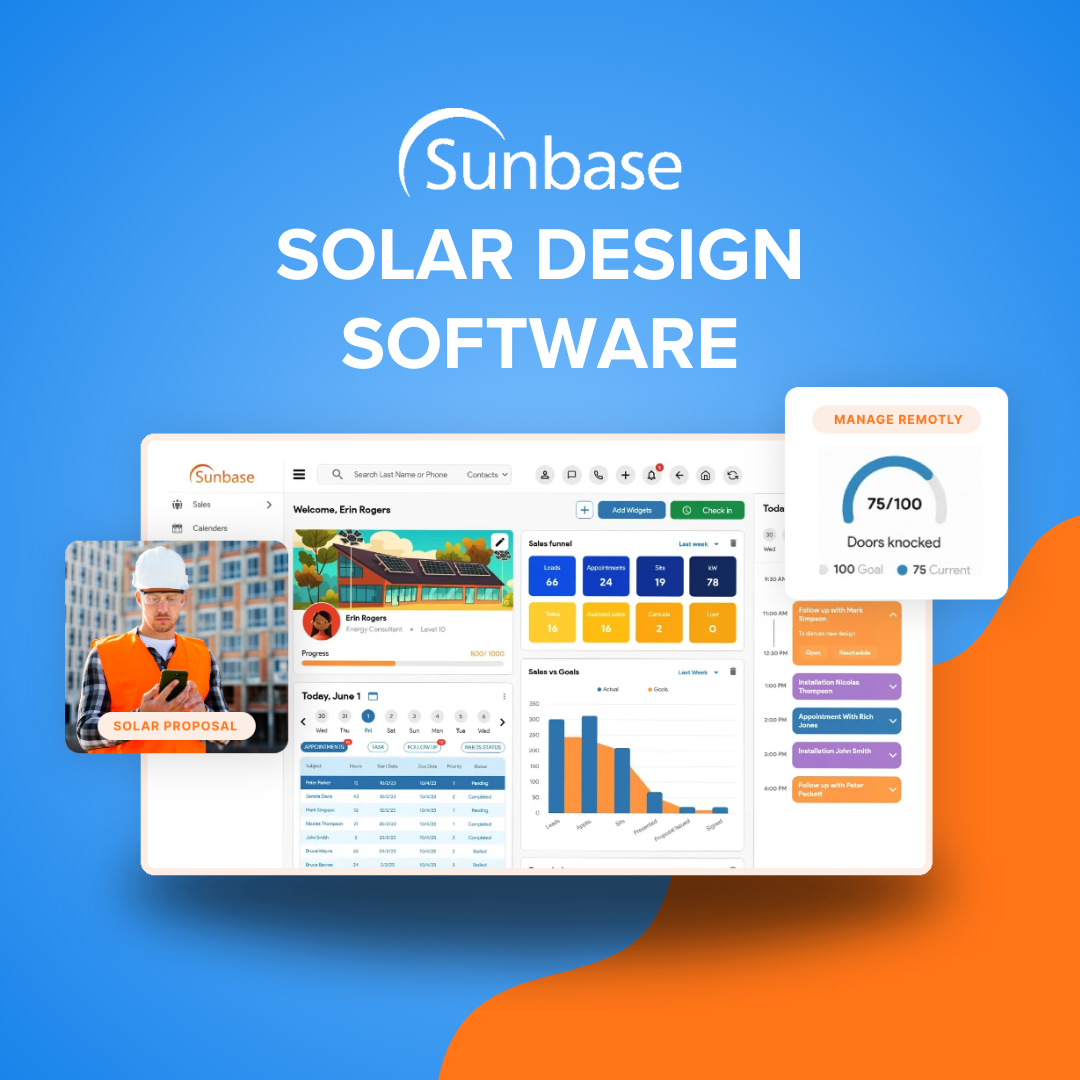
In the fast-moving world of renewable energy, solar EPC contractors need every detail to fit perfectly. That’s where Sunbase Solar Design Software comes in, improving accuracy by ensuring every solar panel is perfectly placed and every calculation is on point—because, as they say, “Measure twice, cut once.”
With Sunbase, you not only reduce costly rework and inefficiencies but also make the design process enjoyable and streamlined. Its precise design capabilities allow you to focus on what you truly love: bringing solar projects to life and making a lasting impact in the energy revolution.
For a better understanding, read: How Solar Design Software Revolutionizes Remote Site Assessments for EPC Contractors.
How does Sunbase Solar Design Software Enhance Accuracy and Reduce Rework?

1. One-Click Remote Site Evaluation
Improving Accuracy: This feature lets EPC contractors gather important information about a site without having to visit in person.
Reducing Rework: Reducing rework by providing accurate site data upfront, preventing mistakes in the design phase, and minimizing on-site corrections later.
2. Precision Roof Measurements and Layouts
Improving Accuracy: The software provides exact measurements of roofs to make sure solar panels fit perfectly.
Reducing Rework: Getting the measurements right from the start prevents problems during installation.
3. Customizable Solar Proposals
Improving Accuracy: Customizable proposals allow EPC contractors to create detailed plans that fit the specific needs of their customers.
This clarity helps ensure everyone understands the project, making energy production estimates more accurate.
Reducing Rework: Clear proposals reduce confusion. When everyone knows what to expect, there are fewer changes needed during the project, allowing the team to stay focused and work more effectively.
4. Seamless Integration with CRM Systems
Improving Accuracy: This feature connects project details with customer management systems, making sure that everyone has the same up-to-date information.
Reducing Rework: By preventing duplicate entries and misunderstandings, this integration helps EPC contractors work more efficiently.
They can spend more time completing projects instead of correcting mistakes.
5. 3D Visualizations and Simulations
Improving Accuracy: The software creates 3D models of the solar system, helping everyone see how it will look and work.
This helps spot potential problems early, ensuring better performance and accuracy.
Reducing Rework: Finding design issues before installation starts saves time and resources.
Fewer changes are needed during the project, which helps EPC contractors finish their work on time and with greater efficiency.
6. Automated Calculations and Financial Analysis
Improving Accuracy: Automated calculations provide reliable estimates for energy production and accurate financial projections.
This helps EPC contractors plan better and accurately for renewable energy projects.
Reducing Rework: With fewer manual calculations, there are fewer chances for mistakes.
This leads to better planning and reduces the need to go back and fix financial details later, which is key for achieving optimum efficiency.
Must Read: Empowering Project Managers with Solar Design Software: Boosting Efficiency and Accuracy.
Conclusion
When sunlight meets a careful plan,
Solar dreams turn into action, hand in hand.
Just as the lines suggest, when sunlight meets a careful plan, solar EPC contractors can truly shine. By utilizing Sunbase Solar Design Software, they create precise and effective designs that enhance accuracy and significantly reduce costly rework.
This powerful tool empowers contractors to align their visions with meticulous planning, transforming ambitious solar projects into reality. Together, we can harness the sun’s potential, ensuring a sustainable and brighter future for all.
About Sunbase
Elevate Your Solar EPC Projects with Sunbase Solar Design Software! Enhance accuracy and cut down on costly rework. Get started now!
Frequently Asked Questions
Q1. Ever wondered how to avoid costly rework on solar projects?
Ans. The key is in precise design and accurate site evaluations. With Sunbase Solar Design Software, you can enhance accuracy from the start, significantly reducing the chances of errors that lead to expensive fixes later.
Q2. How is integrating solar design software beneficial for Solar EPC operations?
Ans. Integrating solar design software for Solar EPC improves accuracy by providing precise measurements and better site evaluations. This reduces errors and costly rework, leading to faster project completion and more efficient solar installations.
One Platform. Zero Chaos. Run Your Entire Business in One Place.
Sunbase replaces your CRM, proposals, scheduling, job tracking, and reporting tools — all inside one clean, connected platform.
About Sunbase
The All-In-One Platform to Run Your Entire Business
Sunbase helps you organize operations, streamline daily workflows, and manage everything - from first customer contact to final project deliver- in one connected system.
Our Mission
- Organize your business.
- Optimize your workflow.
- Automate what slows you down.
Why Businesses Choose Sunbase
One Connected Workflow
Replace scattered tools and manual processes with a single platform that brings together your team, tasks, customers, jobs, and performance data.
🌎 Global Presence
Serving the United States, Canada, India, LATAM, Australia, and 10+ international markets.
👥 11,000+ Users
Trusted by contractors, installers, project managers, sales teams, and field technicians.
🏗️ Built for All Sizes
From small contracting teams to fast-growing enterprises, Sunbase adapts to your workflow.
Useful Links For You
Stop Managing Your Business Manually. Automate It.
Sunbase automates workflows, reduces mistakes, and helps your team get more done - without hiring extra staff or juggling multiple tools.



